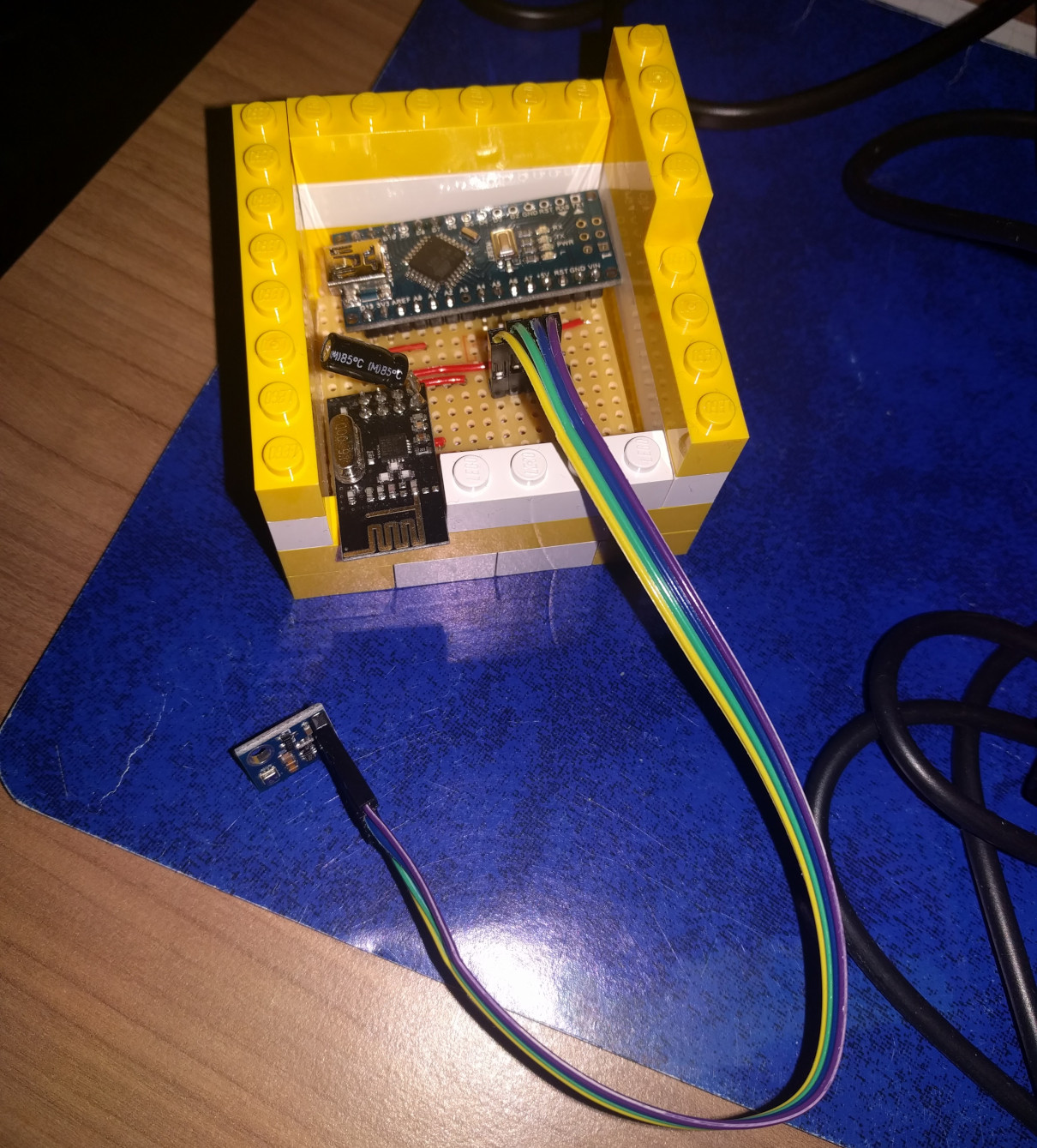My interest in sensors and measuring woke years ago. I usually end up diving head first into the deep end, so the natural way to get into having sensors at home was to buy a soldering iron and a bunch of components. So back in 2016 I started building my custom made sensors using a NRF24L01 radio chip and writing the C code myself. Maybe not the easiest way, but those did work. Since then I’ve gone up a few notches into devices that are easier to use and maintain.
Principles
I have a few principles when playing with Smart Home stuff:
- Keep things working
- Keep things open
- Keep things affordable
- Keep things private
Kernel panic while trying to turn on the lights might be just fine for me, but it’s not the discussion I want to have with my family while having breakfast. Using open systems enables experimenting with a whole variety of hardware, so no vendor locks at my house. Experimenting around Smart Home is mostly about tinkering and learning, but also being able to scale the system without burning too much money is important.
And who am I?
My name is Mikko Pohja. I’m a software professional working at Futurice. My current title is Master Builder and I’m working at our Emerging Business and Technology Team. Building and experimenting with digital systems is what I do.
 My first temperature sensor in a lego case
My first temperature sensor in a lego case